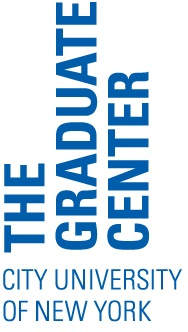Landing a Job at an Independent K-12 School
Have you discovered that you love the teaching side of academia as much—or even more—than doing research? Do you enjoy working with younger students? If so, you might consider a career in teaching at the K-12 level.
Although public schools require that candidates have degrees in education, many independent and collegiate prep schools seek out Ph.D.’s and M.A.’s for their subject-specific expertise.
We’ll be hosting our second event of the year on teaching at these schools on Thursday, Feb. 6th: we’ll hear from Pat Ranard and Brandie Clark of Faculty Diversity Search (a program that recruits teachers and administrators of color and other under-represented minorities for 30 independent schools). We hope to see many of you there! (Please register by clicking here)
In the fall, we put together a panel comprised of PhDs and ABDs who have built successful careers at independent schools. The speakers all noted that the initial hiring process can be quite competitive, and so teaching at a primary or secondary schools shouldn’t be viewed as an easy fall-back option. If you weren’t able to make it to the panel, here are a few pieces of advice they had for getting a foot in the door:
- If you haven’t worked with younger students before, contact department chairs and inquire about opportunities to substitute. Even if you have extensive experience teaching at the college level, many hiring committees will prefer candidates who have also worked with students at the K-12 level. One way to get this experience is to work as a short-term substitute. One of our panelists, for example, noted that his experience substituting for just a few weeks at a private high school was key in helping him get his current full-time job, even though he had also taught as an adjunct for years at a major research university.
- Consider working with a placement agency. Several of our panelists found their current jobs through specialized recruitment firms (and they added that they were working with several different firms simultaneously). Recruiters know the job market, have established relationships with schools, and can help candidates market themselves more effectively. When considering an agency, though, be sure to check on whether or not job seekers are required to pay an agency fee or work exclusively with one firm, the type of services provided, and the placement record for previous clients.
- The National Association of Independent Schools (NAIS) has compiled a list of teacher placement services. Carney, Sandoe & Associates, for example, boasts that it has placed teachers in schools in 46 states and 26 countries. Job seekers don’t pay fees for the firm’s services, but must apply and be accepted before joining the candidate pool. The Education Group is another national placement agency, while Manhattan Placements focuses exclusively on jobs in New York City and the surrounding suburbs.
More info on working at independent K-12 schools:
- “The Private High School Option” lists helpful questions to ask yourself if you’re considering a career in secondary education, plus provides an overview about how to get started with a job search.
- Read first-person accounts of the job search and interview process in “Navigating the Alternative Teaching Market” and “Back to High School.” For one former teacher’s take on the advantages and disadvantages of the job, check out “Teaching Prep School With a PhD: Is it for You?“
- Several more Ph.D’s now working in secondary schools share their stories in “Careers for Ph.D.’s at Private Schools.”
–Flannery Amdahl



